
Q&A with Nvidia’s Chief of DGX Systems on the DGX-GB200 Rack-scale System
March 27, 2024
Pictures of Nvidia's new flagship mega-server, the DGX GB200, on the GTC show floor got favorable reactions on social media for the sheer amount of computing po Read more…

Annual GPU Upgrades: Nvidia’s Plan for Faster Chips
October 16, 2023
If you are waiting in a giant line for Nvidia's H100 GPUs, be advised that the next-generation H200 chip is already on its way. The GPU maker earlier this mo Read more…
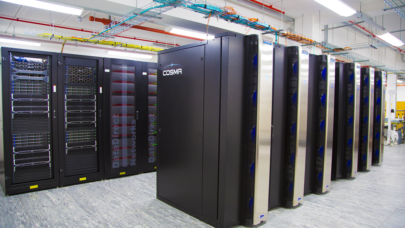
Durham University to Test Rockport Networks on COSMA7 Supercomputer
May 24, 2022
Durham University’s Institute for Computational Cosmology (ICC) is home to the COSMA series of supercomputers (short for “cosmological machine”). COSMA— Read more…
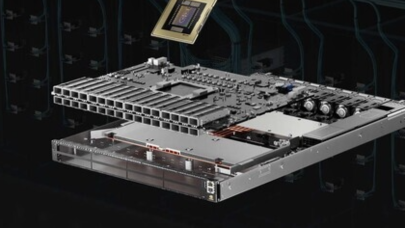
Nvidia Debuts Quantum-2 Networking Platform with NDR InfiniBand and BlueField-3 DPU
November 10, 2021
Nvidia yesterday introduced Quantum-2, its new networking platform that features NDR InfiniBand (400 Gbps) and Bluefield-3 DPU (data processing unit) capabilities. The name is perhaps confusing – it’s not a quantum computing device and even Nvidia is getting into the true quantum computing market with its cuQuantum simulator. The name stems from the legacy line of Nvidia/Mellanox Quantum switches. That said, the new Quantum-2 platform specs are impressive. Jensen Huang, Nvidia CEO, introduced... Read more…
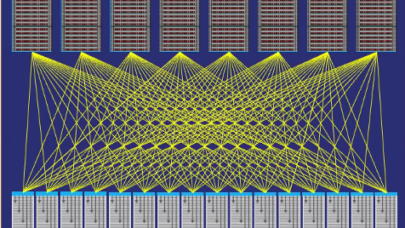
With New Owner and New Roadmap, an Independent Omni-Path Is Staging a Comeback
July 23, 2021
Put on a shelf by Intel in 2019, Omni-Path faced a uncertain future, but under new custodian Cornelis Networks, OmniPath is looking to make a comeback as an independent high-performance interconnect solution. A "significant refresh" – called Omni-Path Express – is coming later this year according to the company. Cornelis Networks formed last September as a spinout of Intel's Omni-Path division. Read more…
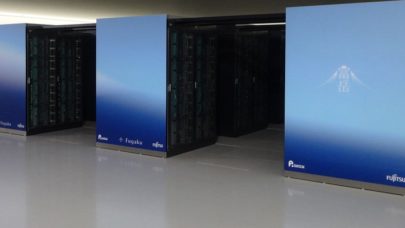
Top500: Fugaku Keeps Crown, Nvidia’s Selene Climbs to #5
November 16, 2020
With the publication of the 56th Top500 list today from SC20's virtual proceedings, Japan's Fugaku supercomputer – now fully deployed – notches another win, Read more…
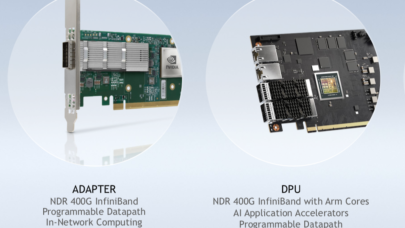
Nvidia (Mellanox) Debuts NDR 400 Gigabit InfiniBand at SC20
November 16, 2020
Nvidia today introduced its Mellanox NDR 400 gigabit-per-second InfiniBand family of interconnect products, which are expected to be available in Q2 of 2021. Th Read more…
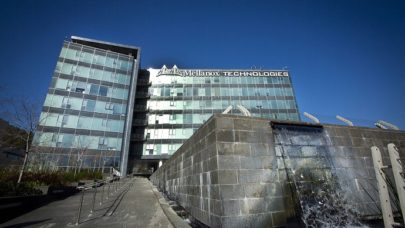
Intel Reportedly in $6B Bid for Mellanox
January 30, 2019
The latest rumors and reports around an acquisition of Mellanox focus on Intel, which has reportedly offered a $6 billion bid for the high performance interconn Read more…

- Click Here for More Headlines

Whitepaper
Transforming Industrial and Automotive Manufacturing
In this era, expansion in digital infrastructure capacity is inevitable. Parallel to this, climate change consciousness is also rising, making sustainability a mandatory part of the organization’s functioning. As computing workloads such as AI and HPC continue to surge, so does the energy consumption, posing environmental woes. IT departments within organizations have a crucial role in combating this challenge. They can significantly drive sustainable practices by influencing newer technologies and process adoption that aid in mitigating the effects of climate change.
While buying more sustainable IT solutions is an option, partnering with IT solutions providers, such and Lenovo and Intel, who are committed to sustainability and aiding customers in executing sustainability strategies is likely to be more impactful.
Learn how Lenovo and Intel, through their partnership, are strongly positioned to address this need with their innovations driving energy efficiency and environmental stewardship.
Download Now
Sponsored by Lenovo
Whitepaper
How Direct Liquid Cooling Improves Data Center Energy Efficiency
Data centers are experiencing increasing power consumption, space constraints and cooling demands due to the unprecedented computing power required by today’s chips and servers. HVAC cooling systems consume approximately 40% of a data center’s electricity. These systems traditionally use air conditioning, air handling and fans to cool the data center facility and IT equipment, ultimately resulting in high energy consumption and high carbon emissions. Data centers are moving to direct liquid cooled (DLC) systems to improve cooling efficiency thus lowering their PUE, operating expenses (OPEX) and carbon footprint.
This paper describes how CoolIT Systems (CoolIT) meets the need for improved energy efficiency in data centers and includes case studies that show how CoolIT’s DLC solutions improve energy efficiency, increase rack density, lower OPEX, and enable sustainability programs. CoolIT is the global market and innovation leader in scalable DLC solutions for the world’s most demanding computing environments. CoolIT’s end-to-end solutions meet the rising demand in cooling and the rising demand for energy efficiency.
Download Now
Sponsored by CoolIT
Advanced Scale Career Development & Workforce Enhancement Center
Featured Advanced Scale Jobs:
HPCwire Resource Library
HPCwire Product Showcase
© 2024 HPCwire. All Rights Reserved. A Tabor Communications Publication
HPCwire is a registered trademark of Tabor Communications, Inc. Use of this site is governed by our Terms of Use and Privacy Policy.
Reproduction in whole or in part in any form or medium without express written permission of Tabor Communications, Inc. is prohibited.
























